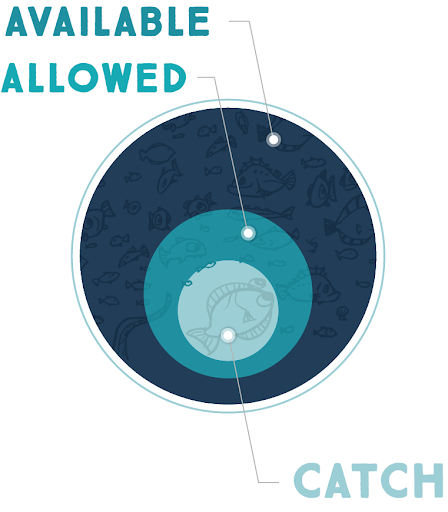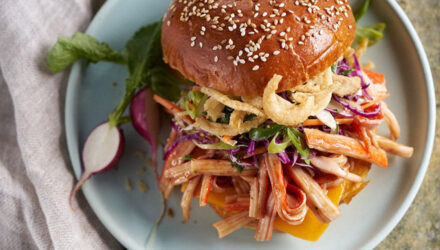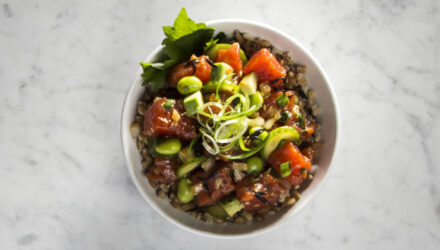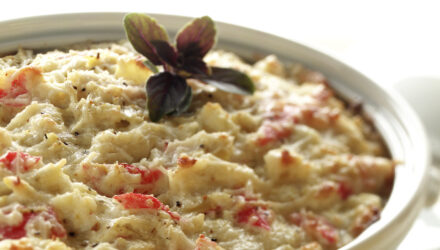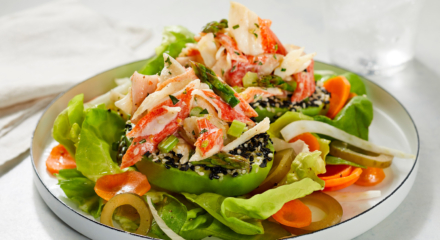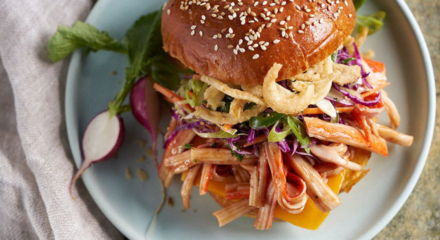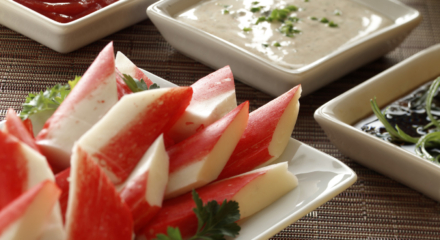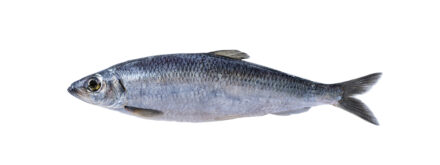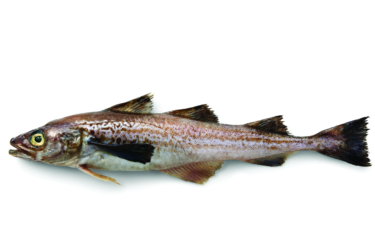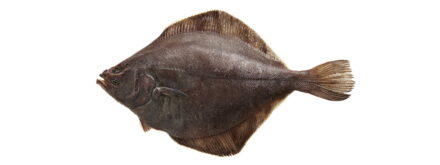
Surimi Seafood
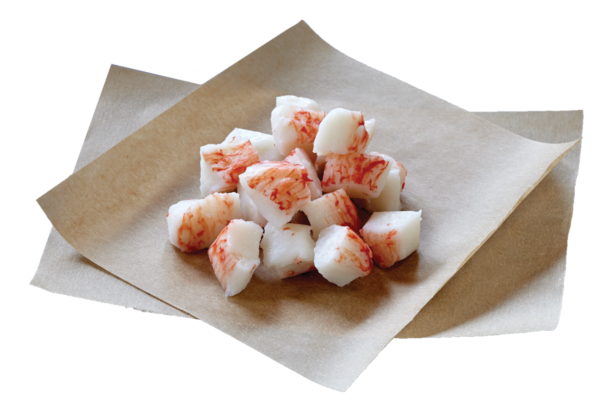
Premium quality Alaska surimi seafood is pre-cooked and ready to use in any recipe calling for the flavor of shellfish.
-
About
-
Surimi seafood can be made from many different fish species. The highest quality surimi seafoods are made with genuine Alaska pollock and is a premium-quality, fully-cooked, all-natural, real seafood product.
6 steps
There are six steps in the process and production of natural and delicious surimi seafood.
900 years
You may think surimi seafood is a modern creation, but it has been created and consumed for at least 900 years, and some trace its origin even further, going as far back as the 800s!
16th November
Surimi seafood has its own holiday in Japan, where National Kamaboko Day is celebrated on November 16th.
-
Nutrition
-
Surimi seafood made from wild Alaska pollock is an excellent source of complete, high quality protein.
The high protein content of surimi seafood is easily digestible, and has all nine amino acids the body can’t produce itself — a complete protein of the highest quality.
Benefits of complete high quality protein include building and maintaining lean body mass, metabolism regulation, improved satiation—leading to lower intake and possible weight loss, and stronger muscles, resulting in greater mobility, strength, and dexterity.
*Nutritional values for Alaska surimi seafood vary depending on brand and product form; please check with your supplier for specifics.
Learn MoreDV = Daily Value // 3.0 oz = 85g Source: USDA Standard Reference Release 28
-
Harvesting & Seasonality
-
Alaska Pollock used to make surimi is harvested in the Gulf of Alaska and Bering Sea from mid-January through April and June through October, and surimi itself is available year-round.
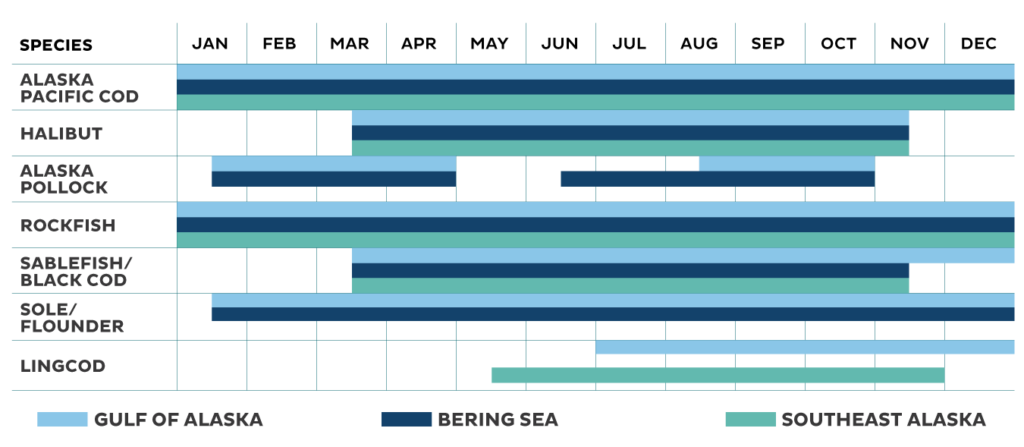
Alaska pollock are harvested by mid-water trawling..
Learn More -
Sustainability & Environment
-
In Alaska, protecting the future of both the stocks and the environment takes priority over opportunities for commercial harvest. Populations of Alaska pollock in the Bering Sea, Aleutian Islands, and Gulf of Alaska are estimated separately using annual scientific research surveys. Managers use survey data to determine the “TOTAL AVAILABLE” population, identify the “ALLOWABLE CATCH” and set a lower “ACTUAL CATCH” limit to ensure that the wild population in Alaska’s waters will always be sustainable.
The Alaska pollock fishery is the largest sustainable fishery in the United States.
Certification
The Alaska pollock fishery is certified under two independent certification standards for sustainable fisheries:
- Alaska Responsible Fisheries Management (RFM)
- Marine Stewardship Council (MSC)
-
Product Forms & Availability
-
Popular surimi seafoods are available year-round and worldwide and include crab-style legs, chunks and shreds, lobster-style chunks, scallops and many more varieties
Though the concept of surimi is old (at least 900 years!), the technologies are not. Modern processes are constantly improving nutrition, yield, and the development of new products.
From traditional Japanese kamaboko (fishcakes) in Japan and Korea, to spicy surimi stir-fry in Thailand, to ink-colored surimi shaped like eel in Spain, surimi seafood is consumed the whole-world over, often in unexpected shapes and sizes.
- Japan KAMABOKO: Surimi seafood cakes/loaves that are steamed until they are firm, served either room temperature or chilled with various sauces. Many types exist and are used in other dishes as ingredients.
- Japan CHIKUWA: Translates roughly to ‘bamboo’ based on its shape, surimi seafood is wrapped around either a bamboo or metal stick and then steamed or broiled.
- USA/Canada CALIFORNIA ROLL: A type of sushi roll including cucumber, avocado, and crab stick surimi seafood.
- Spain SURIMI ANGULAS/EELBROODS: Eel-shaped surimi seafood, roughly the size of spaghetti and dyed black with squid ink to mimic a traditional meal of juvenile eels.
- France CRABSTICK W/ SAUCE: The flavor and texture of surimi seafood is seen as an ideal delivery system for various French sauces.
- Hawaii SAIMIN: Hawaiian soup blending a mix of ingredients, but always including kamaboko surimi seafood.
- Thailand SQUID SEAFOOD SNACK: Dried snack made from a mix of squid and surimi seafood, typically prepared with a variety of spices.
- South Korea GIMPAB/KIMBAP: Sushi-like rolls featuring rice and fillings wrapped with seaweed and flavorings. While the fillings vary, surimi seafood is commonly used.
- South Korea EOMUK, ODENG: Korean fishcakes made by mixing surimi, wheat flour, carrots, onion, and sugar, kneading the blend into shapes, and then boiling, steaming or frying. Often served with a fish soup.
Find Alaska surimi seafood in your local grocer in the frozen section or near the fresh case. Unsure about origin? Just #AskforAlaska.
Purchase directly from sellers using our supplier’s directory.
Buy Now -
Cooking
-
This firm, succulent and sweet seafood is versatile, easy and affordable. Though it looks and tastes like many shellfish, it can be shellfish allergen free! Surimi seafood is a popular addition to salads, sandwiches, fresh rolls, stuffings and toppings, and is used in a number of sushi bar items, including California rolls.
Learn More


